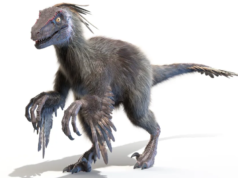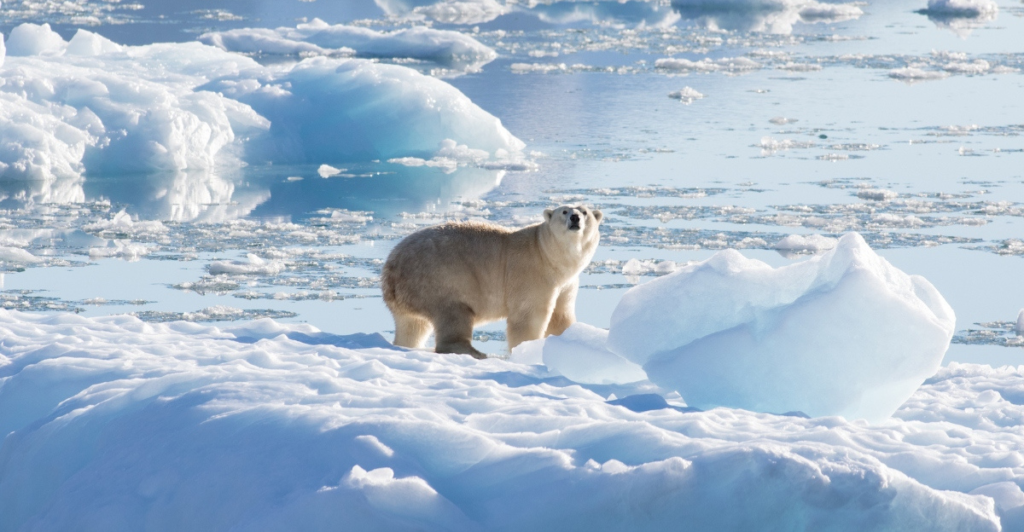
The age of speculative fiction is over, with drones spearheading scientific breakthroughs. Now, a fleet of drones unveiled dramatic shifts in Greenland’s ice sheet, challenging our assumptions and revealing hidden processes that threaten ecosystems on both a local and global scale.
These airborne devices deliver high-resolution data at a frequency and magnitude previously unthinkable, illuminating ice dynamics with breathtaking clarity. The implications are mind-boggling: calving glaciers, expanding areas of ice melt, and fragile wildlife habitats held together by a thread.
While climate models are rewritten with this new information, the intersection of cutting-edge drone technology, climate science, and wildlife conservation creates one of the most powerful and urgent narratives of our time. Let’s take a closer look at how drone footage is helping scientists better understand how shifts in Greenland’s ice sheets could potentially threaten wildlife.
Our Eyes in the Sky
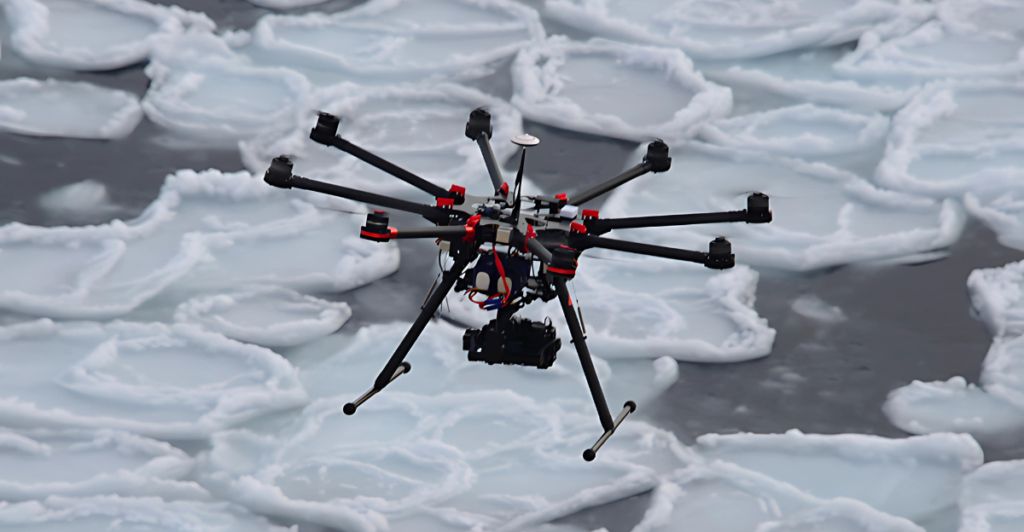
Historically, satellite imagery has never offered the resolution and versatility needed to study glaciers comprehensively, but drones appear to be the solution. Now, researchers at CU Boulder, among others, have employed autonomous drones to carry out systematic flights across the Greenland ice sheet, tracking changes in ice flow with sub-centimeter accuracy.
These flights cover hundreds of kilometers, crossing crevasses and melt ponds that are otherwise out of reach. Unlike satellites that revisit sites weekly or monthly, drones can survey the same region daily, offering near-real-time insight.
This level of detail is not merely technical advancement; it’s revolutionizing the way we learn about cryospheric processes. For example, scientists have detected micro-fractures developing weeks before large calving events, providing potential early-warning systems for downstream ecosystems and human infrastructure.
Greenland’s Hidden Currents
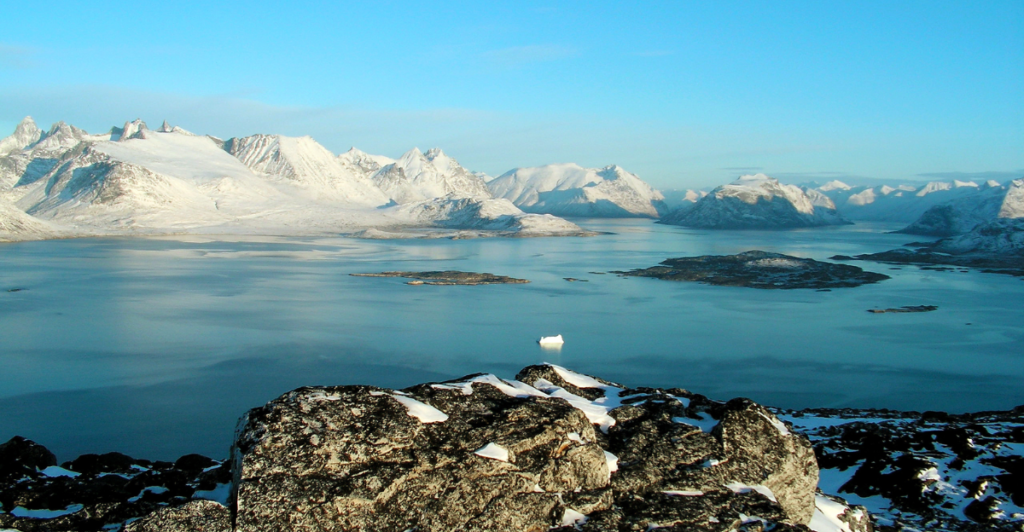
Perhaps the most startling revelation is the level of subsurface water flow beneath the ice. Long thought to be quite solid, drone-scanned terrain has shown channels and moulins directing enormous volumes of meltwater deep into the glacier’s lower reaches.
These rivers scour the bedrock, accelerating glacial movement. In some areas, this has doubled the speed at which ice moves in the ocean. The phenomenon, called basal sliding, wasn’t fully understood until drones recorded time-lapse topography that showed the abrupt surface collapse and formation of sinkholes.
This mobility has profound implications, as sped-up ice movement results in more calving, more freshwater release, and more disruption to the Arctic marine ecosystems that depend on stable salinity conditions and sea-ice coverage.
Wildlife at the Edge

When Greenland‘s ice sheets melt and deform, wildlife suffers the most. Drone photos have uncovered previously hidden seabird nesting colonies, which are now threatened by increasing meltwater and eroding cliffs.
Polar bears, already feeling the stresses of declining sea ice, find their inland hunting grounds destabilized by crevasses and shifting terrain. Caribou migration paths have been redirected as snow patterns are altered, and even small Arctic foxes have been victims of rapid terrain changes.
These cascading effects on biodiversity are stark reminders that climate changes are not abstract or something to worry about in the future. Animals rely on stable ice as an integral part of their ecological niche. The drones are showing us a sobering story: the ice is alive, and it’s evolving quickly.
Ecological Effects
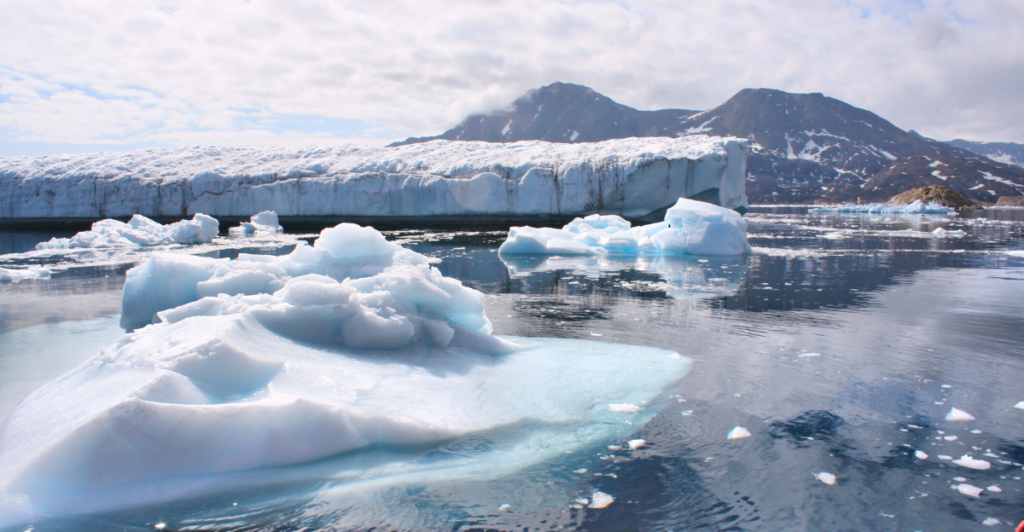
According to a study published in Nature in 2024, Greenland’s ice loss is 20% worse than previously believed. It has been losing 193 km² of ice annually since 1985. Calving—ice breaking at glacier edges—accounts for this under-documented loss.
This meltwater not only raises sea levels; it also decreases Arctic salinity, starving phytoplankton, the base of the food web. This means fewer fish, fewer seals, and collapsing Inuit fisheries. Greenland’s ice melt could exacerbate global biodiversity collapse, with roughly 21,000+ plant and animal species threatened.
When freshwater from melting ice rests on top of denser saltwater, it keeps nutrients from mixing, and Phytoplankton, which sustain Arctic cod and whales, begin to starve. Research suggests that there are already 30% fewer plankton blooms, resulting in a ripple effect that threatens everything from polar bears to seabirds.
Is All Melt Bad?
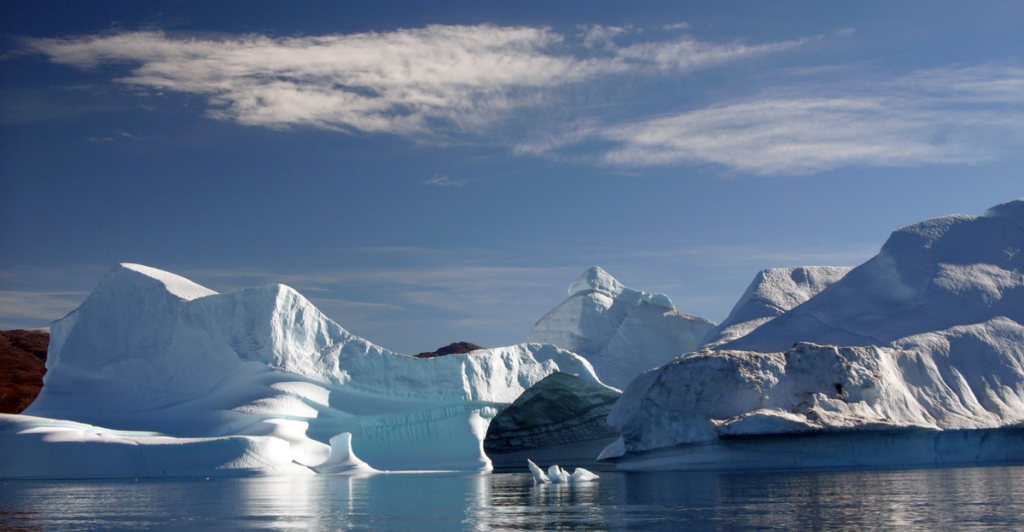
While the dominant story is one of climate doom, some believe that increased ice melting may offer new opportunities. Thawing permafrost and melting glaciers, for example, are known to expose mineral-rich land previously inaccessible.
Advocates for Arctic development argue that drones could aid in mapping and using these resources efficiently and safely. However, critics warn against environmental exploitation and potential geopolitical conflict.
There is also some debate about whether increased open water would create new fishing routes and marine migratory pathways. However, drone photography suggests that these advantages are outweighed by environmental losses. It is important to consider whether technological optimism can balance climate pessimism or if that perspective overlooks long-term implications.
Extreme Ice Events

In 2022, a drone captured one of the largest calving events on record near Jakobshavn Glacier—a Manhattan-sized slab that broke off in hours. Glacierologists analyzed the footage, which showed warning signs in the days leading up to the event, including rising meltwater, tiny earthquakes, and rapid crevasse expansion.
In another case, drones discovered a surprise heat dome over the northeast ice sheet that triggered melt acceleration in what was previously considered a stable area.
These examples justify the use of technology but also provide scientists with a bleak preview of the future. As climate changes are increasing and unpredictable, drones can warn us of extreme tipping points, previously unnoticed for decades, in real-time.
What the Ice Remembers
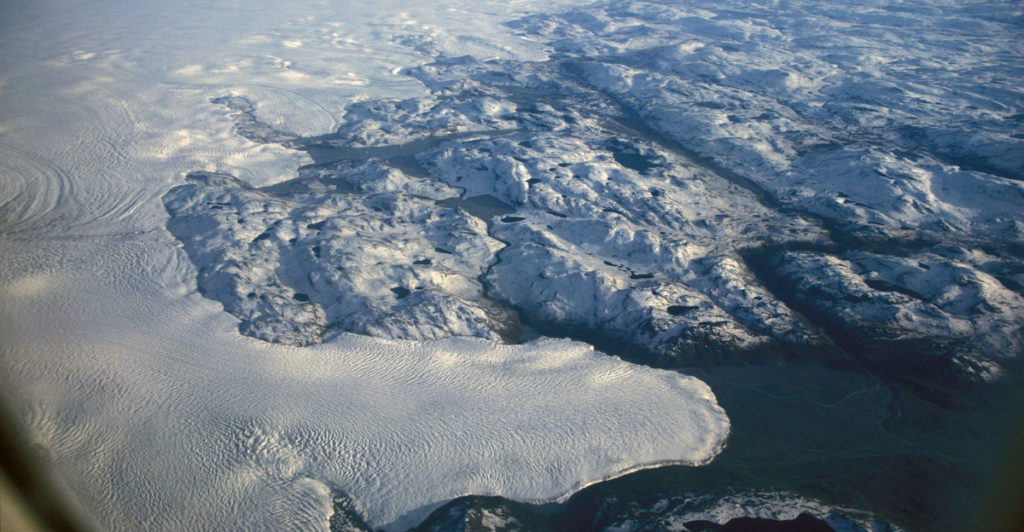
Greenland ice is not only a record of modern times but a frozen history of Earth’s past climate. Drones have assisted in finding ancient melt layers, buried volcanic ash, and abrupt freeze events thousands of years old.
These indicators capture accounts of past climate disruptions from the Medieval Warm Period to the Little Ice Age. By combining high-resolution drone images with ice core data, scientists can reconstruct how quickly and under what conditions things changed in the past.
This century-long window is important because the rate of change today is much faster than anything seen in the past. These differences make ice sheets both a forecasting and an early warning system. We’re not just witnessing climate change—we’re exceeding its historical speed limits.
The Role of Advanced Technology
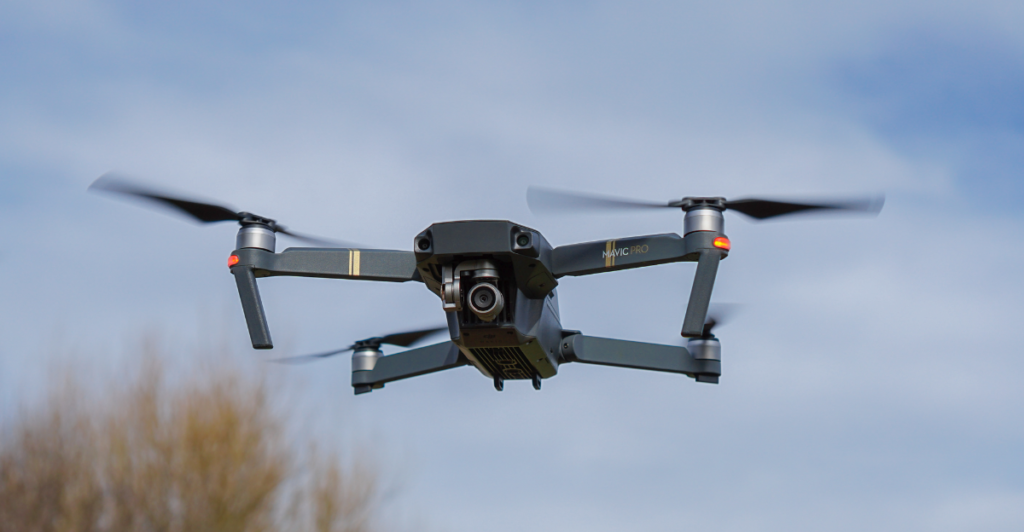
Drone tech doesn’t work in isolation. AI-driven image analysis helps process the terabytes of data drones collect. Machine learning algorithms can now detect melt patterns and classify ice structures with more accuracy than human analysts.
Others are even developing game engines, like Unreal and Unity, to build interactive models of Greenland’s ice sheet, where policymakers and students can virtually “walk” through melt tunnels and calving fronts.
This intersection of gaming, AI, and drone technology opens up a new storytelling medium—one that can speak to both public imagination and scientific research. These technologies are transforming the way we communicate in times of urgency and how we educate the next generation about planetary health.
The Way Ahead
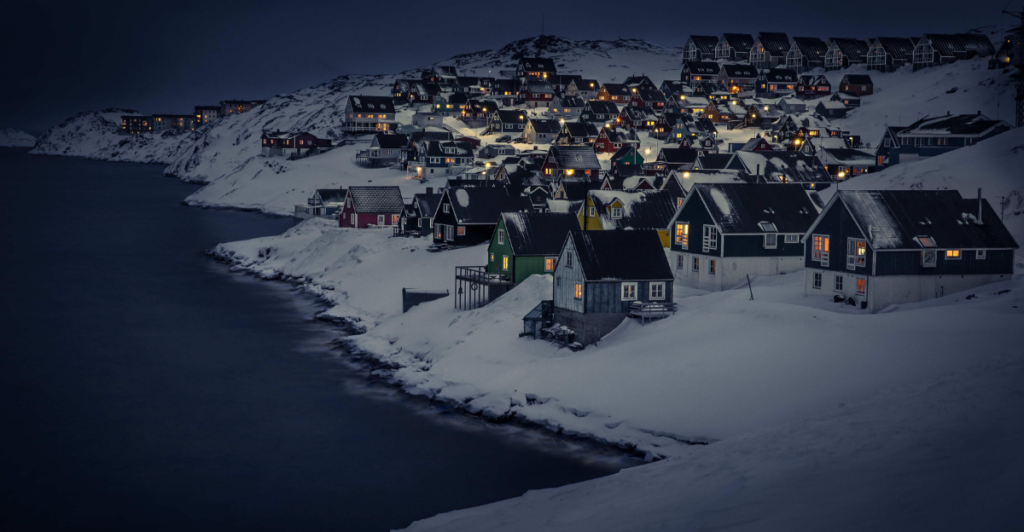
Greenland’s ice sheet is not just a victim of global warming—it’s a willing participant in a complex Earth system. Thanks to drones, we can now see ice sheet movement in real-time. The challenge lies in applying this technology and insights globally.
Can we leverage comparable drone approaches to the Himalayas, Antarctica, or wildfire forestlands? And outside climate, how can this technology be used to monitor biodiversity, pollution, or even changes in agriculture?
The new frontier of drone science is opening up. As these flying eyes continue to uncover secrets hidden in the ice, one thing is clear: the path forward isn’t just about adaptation but about vigilance. We must learn to see the invisible before it becomes irreversible.
Explore more of our trending stories and hit Follow to keep them coming to your feed!

Don’t miss out on more stories like this! Hit the Follow button at the top of this article to stay updated with the latest news. Share your thoughts in the comments—we’d love to hear from you!



